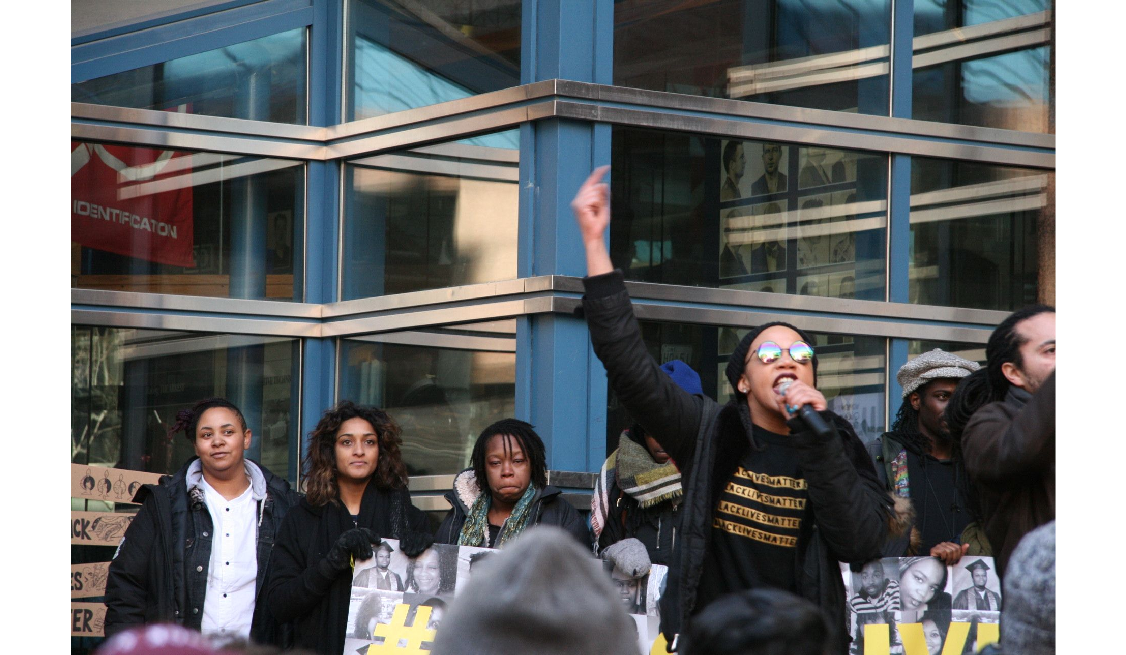Black, queer, and Asian youths talk intersecting identities, challenging oppression
These days, topics like allyship, advocacy, oppression and intersection are always coming up. It seems as if these words are everywhere, but what do they mean? And why should people care about them?
On Feb. 2, a group of youth came together at George Brown College to discuss what these topics mean to them and why they are relevant. Collective groups Black Lives Matter Toronto (BLMTO), Queer Asian Youth (QAY) and Where Are You From (WAYF) tried to figure out ways that they could create change in the eyes of oppression.
Beginning with check-ins, participants were asked how they were feeling with the current state of the world. People were visibly uncomfortable as they admitted that they were feeling heavy, concerned, and disappointed by what they have been seeing.
However, being oppressed by similar systems for centuries have made the youth in attendance determined to find hope in these current circumstances.
BLMTO co-founder Alexandria Symone helped to inspire some of that hope within the room by encouraging these collectives to move forward despite the chaos. Lifting the spirits of those present, she alluded to the many movements BLMTO has started which have created change over the years, and how they did this by coming together as a community.
“People have the right to exist in their truth and their livelihood, and they have the right to demand that,” Symone said. “They have the right to say what that looks like, and to advocate for themselves.”
WAYF and QAY believe in this mission as well, and advocate for their Asian and queer communities but also for others who have intersections between their identities of oppression.
WAYF activist Rain Ing affirmed the importance of racialized and marginalized groups to unite for change.
“The more they’re able to divide us, the easier it is to conquer us, which is why it is so important for us to work together,” said Ing.
Edward Hon-Sing-Won was one activist in attendance who stepped into the conversation by finding his own connection.
“Black empowerment movements have always been for the empowerment of all racialized peoples,” said Hon-Sing-Won. “We are all challenging similar issues within our own communities.”
These shared experiences are what bring these individuals together. “It is a call to action,” Symone said.
She also recognizes that not everyone can advocate at the level which she has, and gives a few examples of how everyone can help.
“Allyship can be anything that you’re able to do, like standing up for what you see in your friendship conversations, on the bus, when you’re going grocery shopping, whenever you see something happening,” said Symone.
She highlights that people need to be checking in with those who identify with racialized and vulnerable communities, as it’s part of the persistence that helps people to sustain and protect themselves. Persistence is knowing that you can never stop because the system never stops, it’s an everyday battle.
When doing a final round of check-ins at the end of the event, people were asked the same question as in the beginning.
“How are you feeling right now, in regards to the state of the world?” Inspired was the word consistently repeated.


